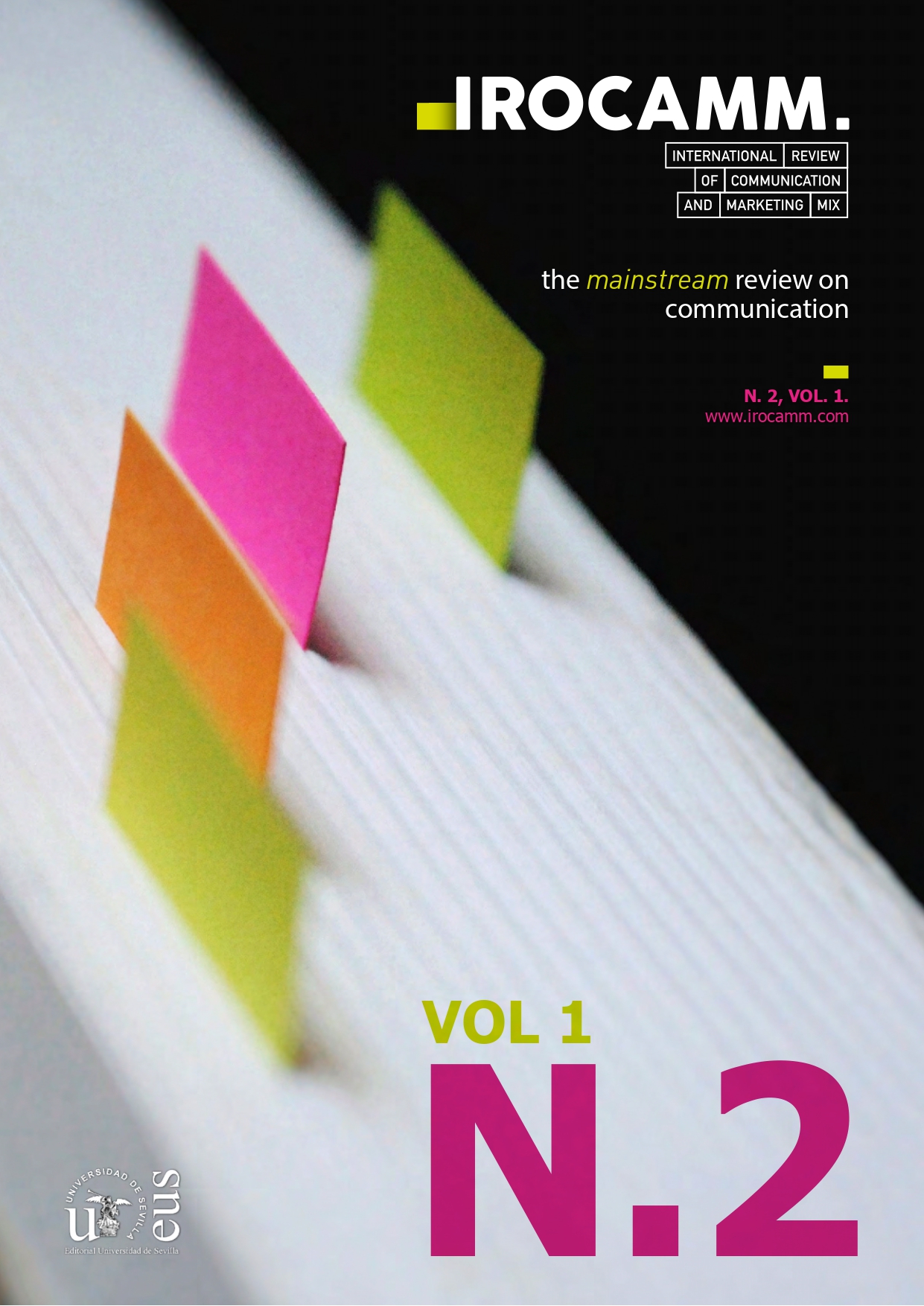Resumo
The relationship between brands and culture is not something new for brand managers. Starting from a situation of social tension characterized by the anxieties and the vital desires of a society, the management of brands based on the cultural branding model, allows to build brands that manage to absorb and reflect the culture that surrounds them becoming containers of identity myths that advertisers take advantage of to create attractive messages for their audiences. This approach, devised by Douglas B. Holt (2004), proposes to work on the collective nature of the brand through its interaction with everyday situations and its relationship with the cultural environment that surrounds it. This communication proposes to analyze the cases of Campofrío and IKEA as potential cultural brands. The results indicate that, in effect, these brands manage to advertise themselves as iconic brands that have been able to take advantage of the social tensions and disruptions experienced by the Spaniards such as feminism, brain drain or political polarity, to issue a relevant and attractive message for potential consumers.
Referências
BATEY, M. (2013): El significado de la marca: cómo y por qué ponemos sentido a productos y servicios. Buenos Aires, Granica.
BERNÁRDEZ, A. (2007): Mujeres inmigrantes en España: representaciones en la información y percepción social. Madrid, Fragua.
CAMPBELL, J. (1994): Los mitos. Su impacto en el mundo real. Barcelona, Kairós.
CASSIRER, E. (1994): Antropología filosófica. México D.F, Fondo de Cultura Económica.
FERNÁNDEZ, J.D. (2013): Principios de estrategia publicitaria y gestión de marcas. Nuevas tendencias de brand management. Madrid, McGraw-Hill
GEERTZ, C. (1990). La interpretación de las culturas. Madrid, Gedisa.
Heding, T; Knudtzen, CF; & Bjerre, M. (2009): Brand Management. Research, theory and practice. New York, Routledge.
HOLT, D. (2004): How brands become icons: The principles of cultural branding. Boston, Harvard Business Press.
HOLT, D. (2005): “How societies desire brands: using cultural theory to explain brand symbolism”. In: S Ratneshwar & D Mick (eds.), Inside consumption: Consumer motives, goals, and desires. London, Routledge.
OLLÉ, R., & RIU, D. (2009): El nuevo brand management: cómo plantar marcas para hacer crecer negocios. Barcelona, Gestión 2000.
SCHROEDER, J. (2009): The cultural codes of branding. Marketing Theory, 9(1), pp 123-126.
WILLIAMSON, J. (1978): Decoding advertisements. Londres, Marion Boyars.
International Review Of Communication And Marketing Mix proporciona un acceso sin restricciones a su contenido desde el momento de su publicación en esta edición electrónica, y por lo tanto es una revista de acceso abierto. Los originales publicados en esta revista son propiedad de la Universidad de Sevilla y es obligatorio citar su origen en cualquier reproducción total o parcial. Todos los contenidos se distribuyen bajo una licencia Creative Commons - No comercial - Attribution Share Alike 4.0 (CC BY-NC-SA 4.0). Esto debe indicarse expresamente de esta manera cuando sea necesario. Puede consultar la versión informativa y el texto legal de la licencia.
Los autores que publican en esta revista están de acuerdo con los siguientes términos:
- La cesión de derechos se hace bajo la licencia Creative Commons.
- Los autores pueden hacer por separado arreglos adicionales para la distribución no exclusiva de la versión de la obra publicada en la revista (por ejemplo, colocándola en un depósito institucional o publicándola en un libro), con un reconocimiento de su publicación inicial en esta revista.
- Se permite y alienta a los autores a difundir su trabajo electrónicamente (por ejemplo, en repositorios institucionales o en su propio sitio web) antes y durante el proceso de presentación, ya que ello puede dar lugar a intercambios productivos, así como a una citación más temprana y amplia de los trabajos publicados.
- La difusión de los artículos se llevará a cabo en las redes sociales generales, ResearchGate, Mendeley, Academia.edu, Cosis, e-lis y otras bases de datos o repositorios de textos completos en Internet con los que la revista establece un acuerdo para su difusión y visibilidad.
- El derecho de autor es de dos tipos: los derechos morales y los derechos patrimoniales. Los derechos morales son prerrogativas perpetuas, irrenunciables, intransferibles, inalienables, inembargables e imprescriptibles. Los derechos patrimoniales se refieren a los beneficios obtenidos por el uso o la divulgación de las obras. La IROCAMM - Revista Internacional de Comunicación y Marketing Mix está autorizada exclusivamente a realizar o autorizar por cualquier medio la utilización, distribución, difusión, reproducción, adaptación, traducción o transformación de la obra...
International Review Of Communication And Marketing Mix does no cobra honorarios por la presentación de trabajos, ni tampoco por la publicación de sus artículos.

